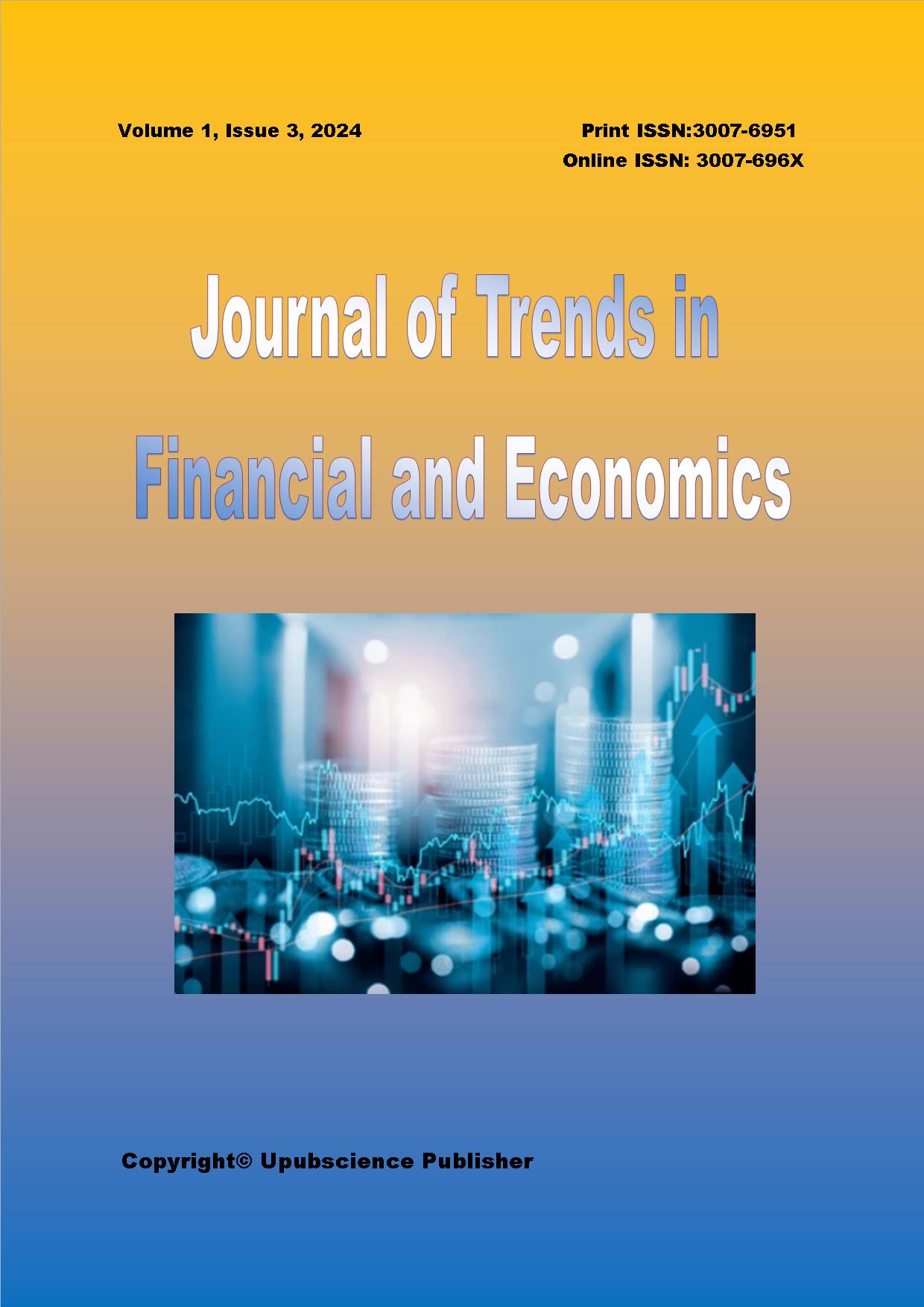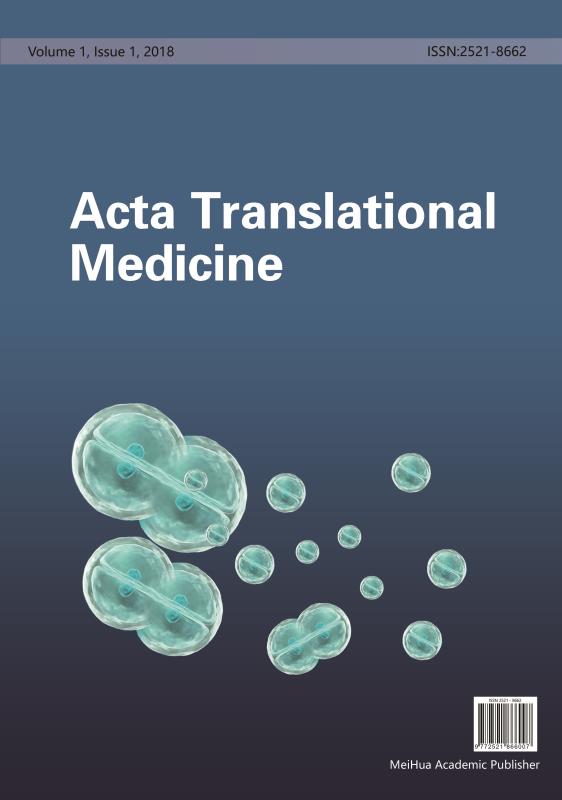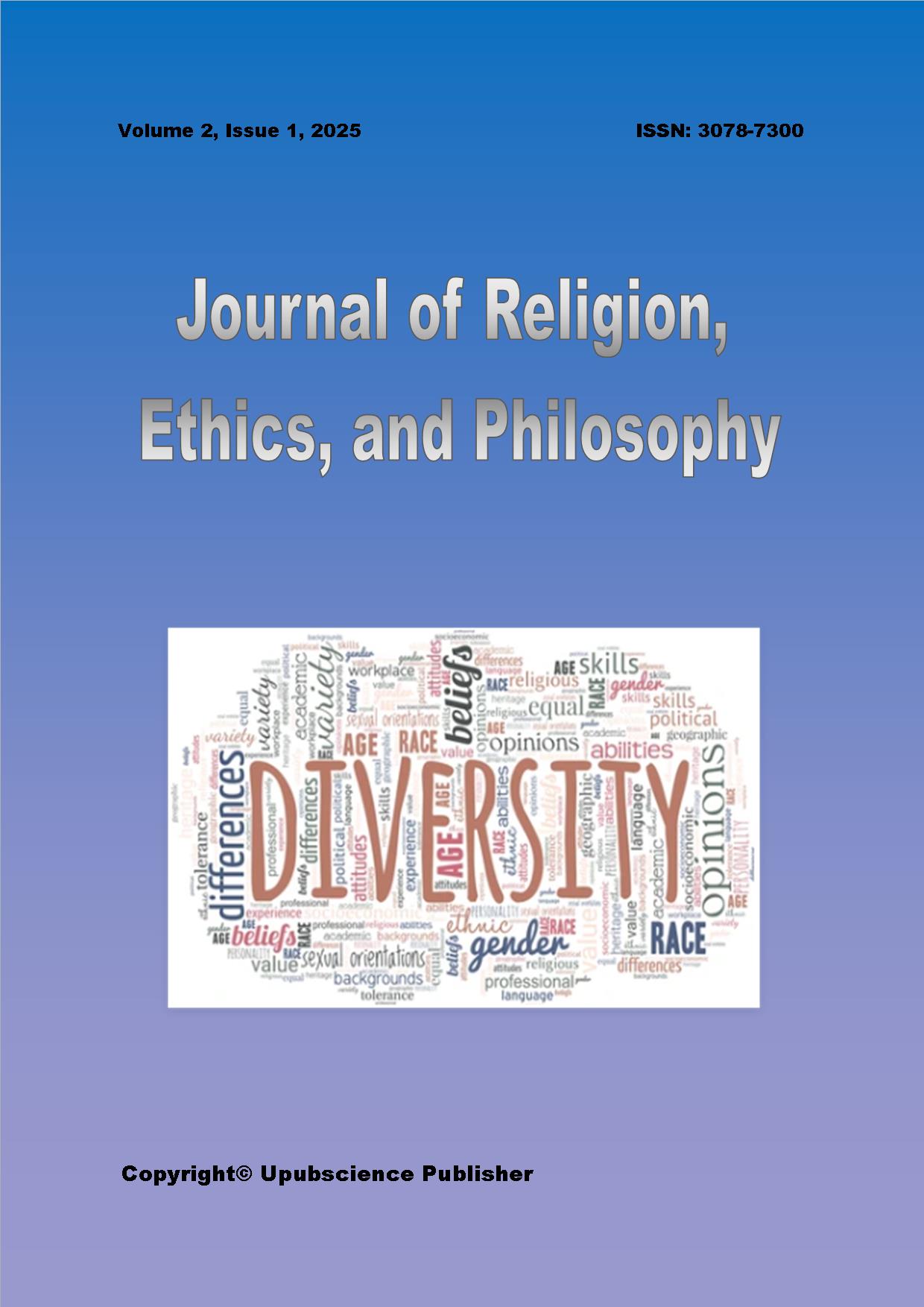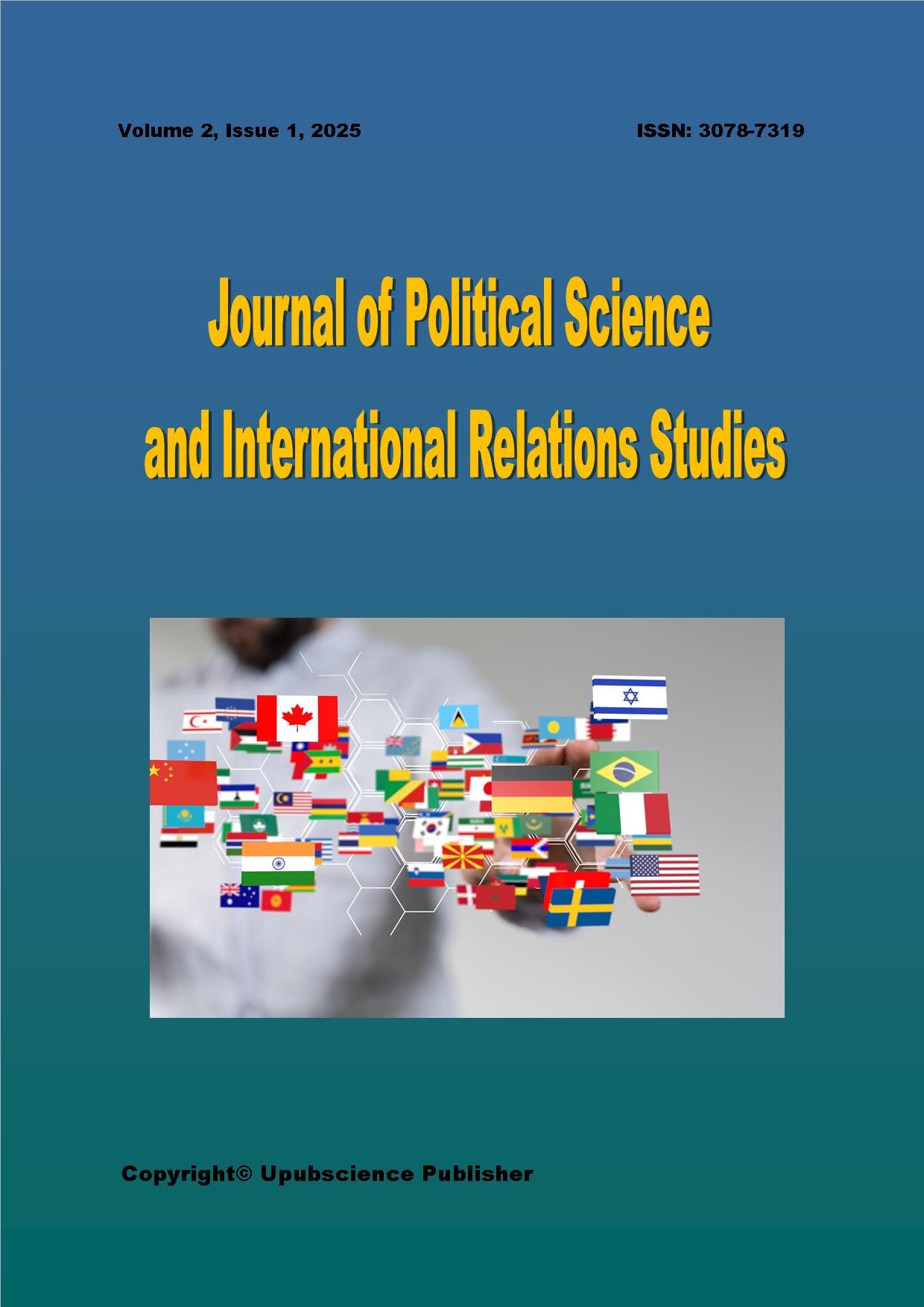The Journal of Trends in Financial and Economics (JTFE) aims to be a leading forum for the dissemination of high-quality research that explores the latest trends and developments in the fields of finance and economics. The journal seeks to provide a comprehensive platform for academics, researchers, practitioners, and policymakers to share their findings, discuss innovative ideas, and examine the dynamic interactions between financial systems and economic policies.
Scope:
Financial Markets and Institutions: JTFE welcomes research on the functioning, structure, and performance of financial markets and institutions. Topics include market dynamics, asset pricing, financial intermediation, risk management, and the role of financial institutions in economic development.
Corporate Finance: The journal invites studies that explore issues related to corporate finance, including capital structure, corporate governance, mergers and acquisitions, financial planning, and investment strategies. We are particularly interested in research that provides practical insights for corporate decision-makers.
Macroeconomics and Monetary Policy: JTFE publishes research on macroeconomic trends and monetary policy, focusing on their impact on financial markets and economic growth. Topics include inflation, interest rates, fiscal policy, exchange rates, and the role of central banks.
Behavioral Finance and Economics: We encourage submissions that investigate the psychological factors influencing financial and economic decision-making. Research areas include investor behavior, market anomalies, financial literacy, and the implications of behavioral insights for economic policy and financial regulation.
International Finance and Economics: The journal seeks contributions that examine the global dimensions of finance and economics. Topics include international trade, cross-border investment, global financial stability, and the economic implications of globalization and international economic policies.
Emerging Trends and Technologies: JTFE is interested in research that explores the impact of emerging trends and technologies on finance and economics. This includes fintech, blockchain, cryptocurrencies, digital banking, and the role of technology in financial innovation and economic transformation.
Policy and Regulation: The journal invites research that analyzes the impact of financial and economic policies and regulations on markets and institutions. Topics include regulatory frameworks, policy interventions, financial crises, and the effectiveness of policy measures in promoting economic stability and growth.
Mission:
The mission of the Journal of Trends in Financial and Economics is to enhance the understanding of contemporary issues in finance and economics through the publication of rigorous and impactful research. By providing a platform for scholarly dialogue and practical insights, JTFE aims to contribute to the development of effective financial strategies and economic policies that address the challenges and opportunities of a rapidly evolving global economy.
By offering a diverse range of articles, the Journal of Trends in Financial and Economics strives to be an indispensable resource for scholars, practitioners, and policymakers seeking to stay informed about the latest research and trends in the financial and economic domains.





